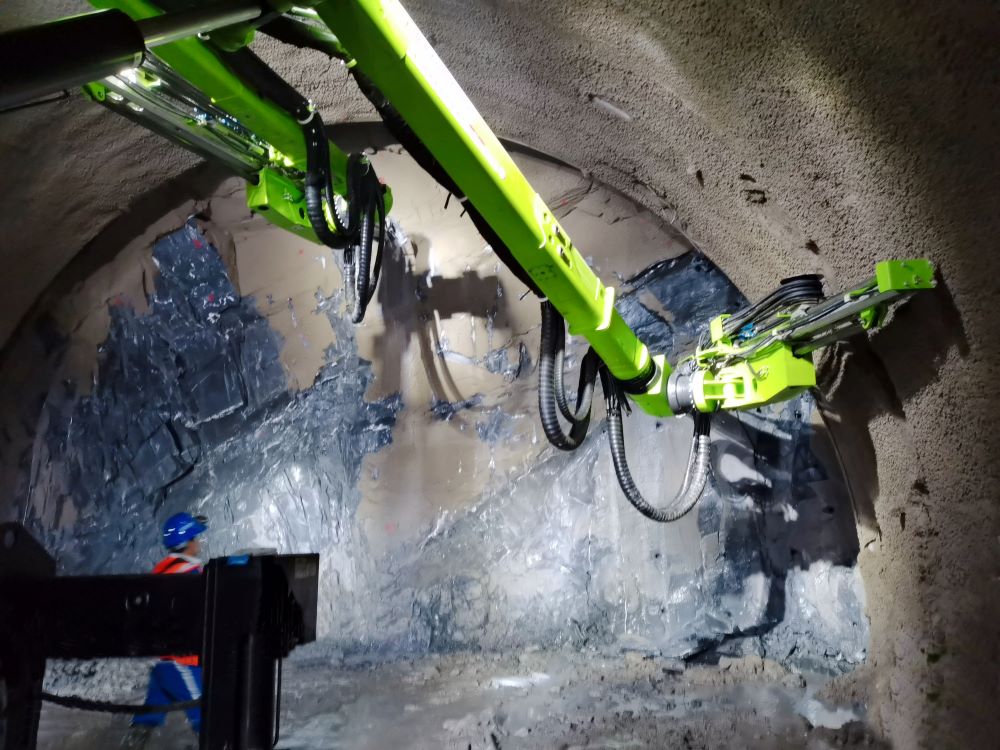In rock excavation projects such as mines and tunnels, drill rigs are key equipment, and their efficient operation directly affects the progress and cost of the project. However, drill stuck problems frequently plague construction personnel, not only reducing work efficiency, but also causing equipment damage. This article will explore the five major causes of drill stuck drills and propose corresponding prevention and solution strategies.

1. Improper anti-stuck pressure setting
The anti-stuck device is an effective tool to prevent drill stuck, but if the anti-stuck pressure setting value is too high, the equipment will not respond in time when the drill is really stuck. The correct setting value should ensure that when the drill stuck pressure reaches a certain threshold, the anti-stuck device can be quickly activated and the drill bit can be safely pulled out of the rock hole through reverse feeding.
2. Drill bit wear and damage
New drill bits or newly repaired drill bits have a certain taper, which helps drilling operations. However, in abrasive rocks, such as those with a high quartz content, the wear around the drill bit will gradually form an inverted cone. In severe cases, the drill bit will form a barb, which is difficult to withdraw from the rock hole, causing the drill to get stuck.
3. The influence of rock cracks
The cracks in the rock are like natural drill traps. When the drill bit enters these cracks, the squeezing effect of the rock will significantly increase the rotational resistance, causing the drill bit to get stuck and making it difficult to continue to advance or withdraw.
4. Insufficient drilling flushing
The flushing water is not only used to remove rock debris in the borehole, but also plays a role in cooling the drill bit and reducing friction. If the flushing water pressure is too low and the rock debris is not completely removed, the friction encountered by the drill bit during drilling will increase, the rotational resistance will increase, and eventually the drill bit will get stuck in the rock hole.
5. Hydraulic oil selection and ambient temperature
The viscosity of the hydraulic oil is significantly affected by temperature. In a low temperature environment, the viscosity of the hydraulic oil increases, which may cause the rotational resistance to exceed the set rotational pressure, thereby causing the drill to get stuck. Therefore, it is crucial to select hydraulic oil suitable for the current ambient temperature to maintain the stable operation of the hydraulic system.
The drill bit sticking problem of the drilling rig involves multiple factors, including equipment settings, drill bit status, geological conditions, flushing system efficiency and hydraulic oil selection. By comprehensively considering these factors, reasonably setting the anti-stuck pressure, regularly checking and maintaining the drill bit, optimizing the flushing water system, and selecting suitable hydraulic oil, the drill bit sticking phenomenon can be effectively prevented, the normal operation of the drilling rig can be guaranteed, and the engineering efficiency and safety can be improved.
